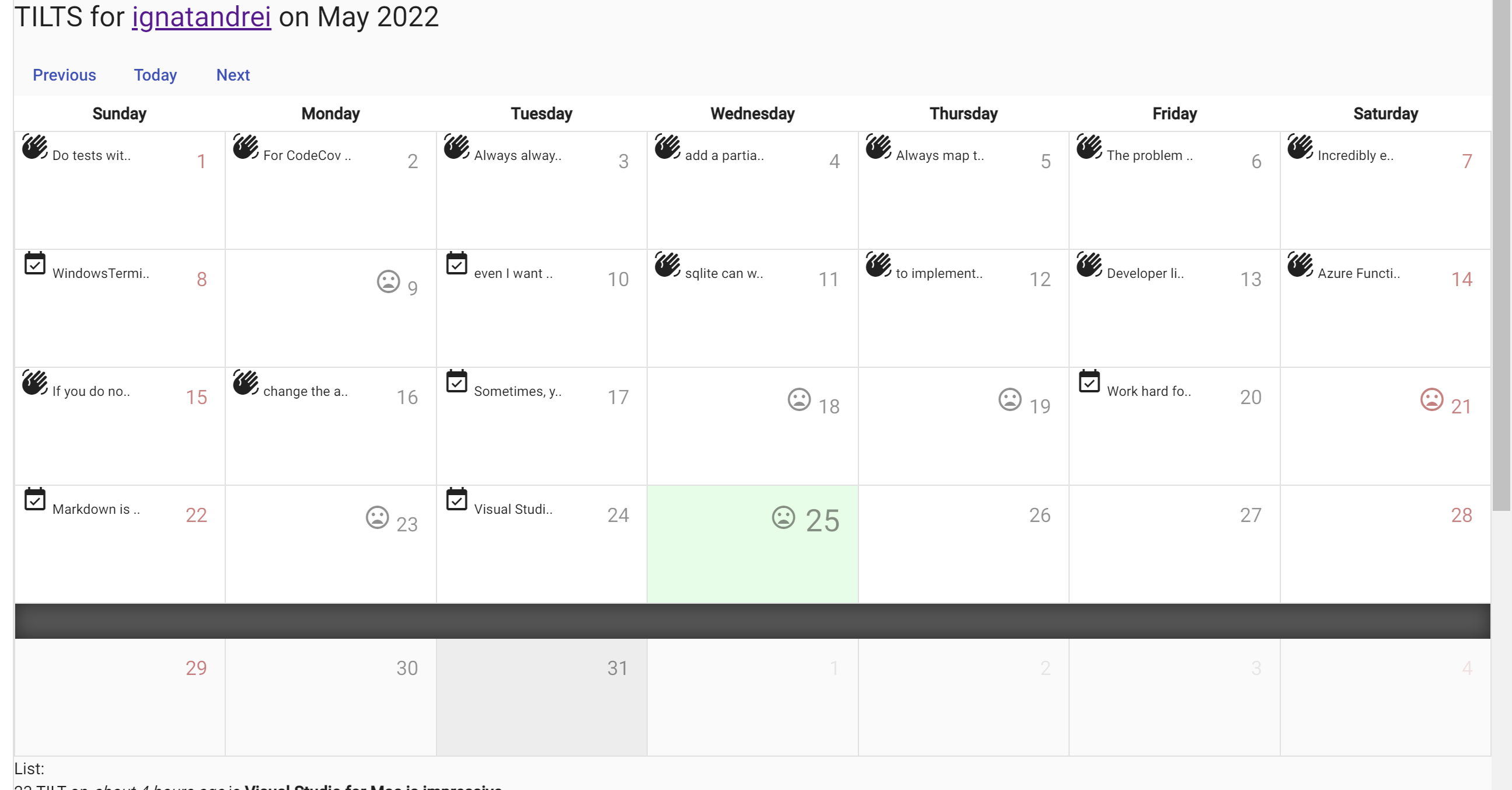TILT-AMS – about my software-part 21
One of the most related are data that fill the database for developer – and do not fill into production
AMS ( About My Software) could help . It generates an unique class that inherits
public class AboutMySoftware
{
public string Authors { get; set; }
public bool IsInCI { get; set; }
public string SourceCommit { get; set; }
public string CISourceControl { get; set; }
public string AssemblyName { get; set; }
public DateTime DateGenerated { get; set; }
public string CommitId { get; set; }
public string RepoUrl { get; set; }
}
The IsInCI recognizes if it is build on CI( deployed to prod lately ) or without (in the dev PC)
So I use like this
bool IsBuildFromCI = new XAboutMySoftware_78102118871091131225395110108769286().IsInCI;
if (IsBuildFromCI)
{
hc.AddSqlServer(builder.Configuration["ConnectionStrings:DefaultConnection"],name:"database SqlServer");
}
else
{
hc.AddSqlite(cnSqlite, name: "database Sqlite");
}
if (!IsBuildFromCI)
{
using (var scope = app.Services.CreateScope())
{
if (File.Exists("Tilt.db"))
File.Delete("Tilt.db");
var dbcontext = scope.ServiceProvider.GetRequiredService<ApplicationDBContext>();
dbcontext.Database.EnsureCreated();
//seed db
dbcontext.TILT_URL.Add(new TILT_URL()
{
Secret = "Andrei",
URLPart = "TestAddWithNoData"
});
dbcontext.TILT_URL.Add(new TILT_URL()
{
Secret = "test",
URLPart = "ClickToSeeMyTILTS"
});
await dbcontext.SaveChangesAsync();
}
Tools used
Visual Studio
AMS ( About My Software) – https://github.com/ignatandrei/RSCG_AMS/
 Added also links to Swagger and Blockly Automation
Added also links to Swagger and Blockly Automation

